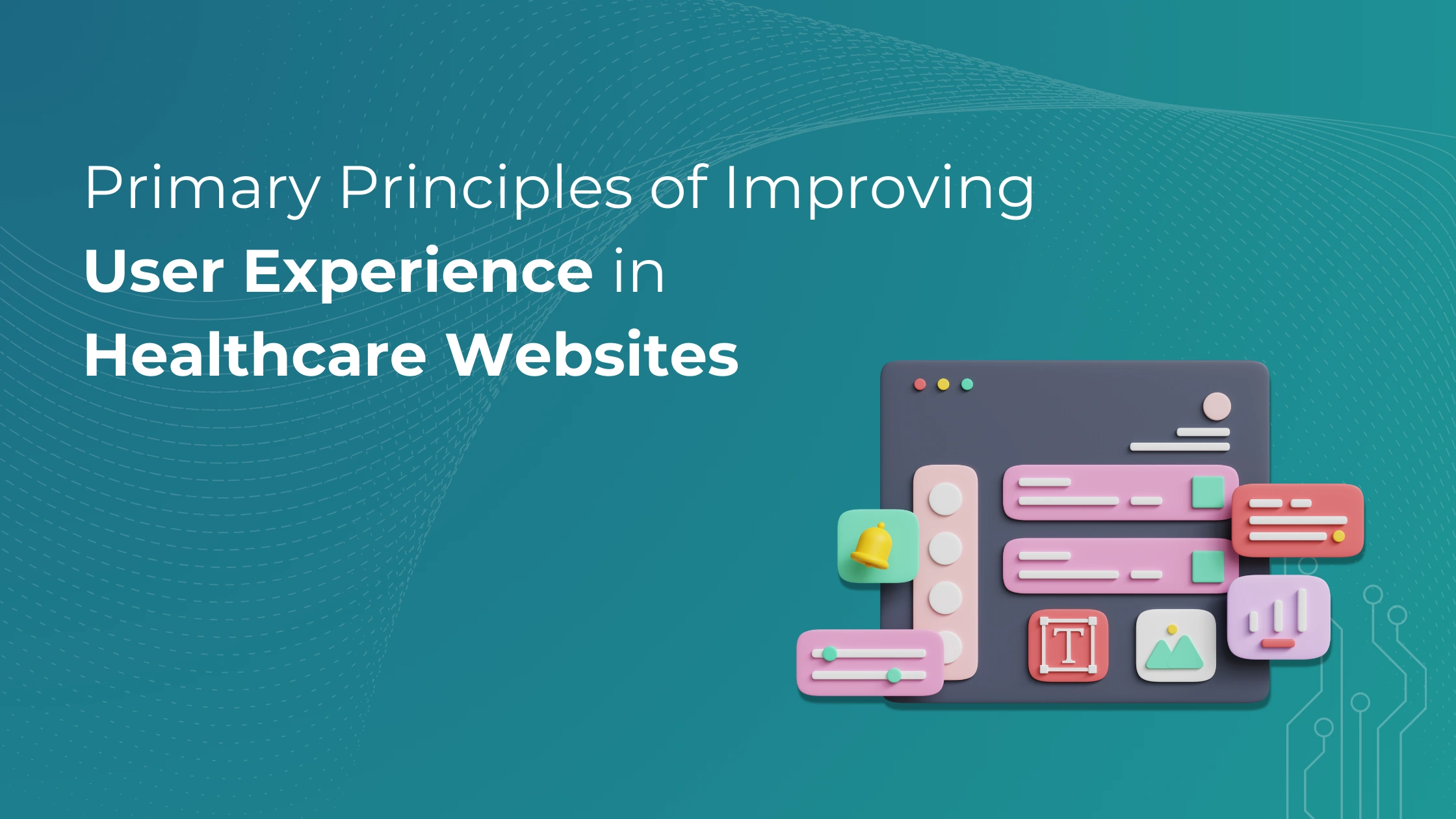In context, when you look at websites on healthcare, it’s not just a source of information to share; it’s where people search for solace and healing during the most stressful moments of their lives. Thus, making the site relevant to the users’ needs will be crucial for building trust, easing anxiety, and promoting engagement. Here are a few guiding principles for effective design of a healthcare website:.
1. Focus on Easy Readability and Simplicity

Most healthcare website visitors are looking for straightforward, useful information. When they encounter a layout that seems convoluted or text that is too small, they become frustrated and click off the website. A site becomes more accessible when:
* Users have clear readable fonts with relatively large print sizes that accommodate all users, especially the older users
Navigation is intuitive enough to enable the user to locate what they’re looking for in an eyeblink.
– Provide **descriptive alt text** for images and check your website with screen readers so that it is accessible to everyone, regardless of disability.
Using WCAG does not only make your site better to use but could also be favorable for SEO – making your site more discoverable to those looking for accessible healthcare information.
2. Clear and Compassionate Content
Health care information can be overwhelming. Aim to write in clear, compassionate, and concise words that treat the reader as someone intelligent who deserves respect but is worried. Use a friendly tone, avoid medical jargon, and put major ideas up front by using headings and bullet points that make items easier to scan.
For instance, in describing how to schedule an appointment, break down the process into easy-to-follow steps, illustrated by pictures. Here are some more content considerations:
Use layman’s terms when describing medical terminology or procedures. Technical language is only used when unavoidable, and then define it.
Answer common patients’ questions before they are even asked. A Q&A section can help to eliminate confusion and boost patient self-efficacy.
-Multilingual support if your audience diversifies; giving information in more than one language or even possibly including translation features can be the difference-maker.
3. Clean and Responsive Design
Nothing infuriates users more than slow sites or those that don’t work well on mobile. Given that more than half of all web traffic is now coming through mobile, it is critical to ensure that your site flows well on different screens.
– Page load speed should be optimized by compressing images and avoiding code bloat. Most users expect pages to load pretty fast, especially on mobile.
-Responsive design will ensure your website responds perfectly to any device whether it is a smartphone or a desktop.
– Emphasize core web vitals that focus on loading speed and interactivity since these are among the factors that most impact both SEO and user experience.
4. Simplified Appointment Booking and Contact Options
In fact, web sites of healthcare services act as a first contact point for appointing oneself; hence make this process as painless as possible:
– Make “Book Appointment” button appear on each page to invite navigation
Form must be brief and user-friendly. Seek minimal information first and store the rest of the detailed information.
Clear click-to-call buttons are also made sure in case the user opts to schedule an appointment via a call only.

Additional features like having a live chat or chatbot can make quick answers to users’ queries and make the site friendlier.
5. Security and Privacy
Healthcare information is sensitive information. Therefore, security and privacy become paramount features. Not only are they great for building trust among users, but they are also something of a legal requirement if governed by regulations such as the HIPAA to be honored by healthcare institutions in the U.S. or GDPR by those in Europe.
Discuss your policy on privacy and do use secure protocols (e.g., HTTPS) to secure your site.
Implement 2FA login, letting users know that their information is very safe.
Establish clear expectations when collecting health-related information about why you need it and what you do to protect it.
Notifying users about such security measures could also allay the fears of many people who put personal data online.

6. Visual Consistency and Branding
You want your healthcare website to be soothing, trustworthy, and professional. Select a color palette and overall design that tells that story, and keep it consistent across the site. Avoid jarring bright colors and too much noise in design elements. Clear minds and focused brains.
In conclusion, all the elements in place can lead to dramatic improvements in healthcare websites as their means of direct interaction between services and patients by creating an online environment that is both supportive and informative.



